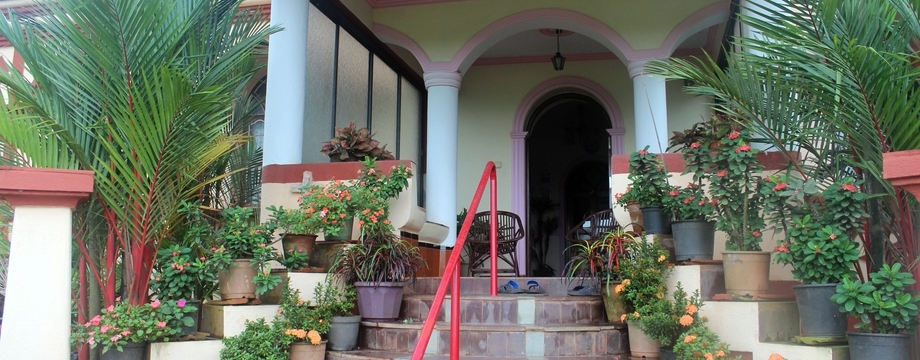This phrase has its origin in jewellery. Gold, for example, is expensive enough. But the quality of the design adds to the cost, mainly due to the goldsmith’s labour involved. The phrase is used when the material is relatively cheap but the cost of the finished product grows out of proportion to the cost of the material.
“Fetyêk mharog”
is therefore not restricted to the realm of jewellery. It is generalized to any situation in which the accidental far exceeds the substance, not necessarily by way of its monetary value but by any norms of assessment. So, for example, if in order to buy a loaf of bread from the market you had to walk a long distance, and when you returned you were so hungry that you perhaps needed more than a loaf to satisfy your hunger, you could say, “to unddo fetyêk mharôg poddlo.”
What you would mean by that is that walking all that distance to buy that loaf of bread wasn’t worth the effort, which perhaps you wouldn’t say if you really liked the bread.
Please note that the o in “mharog”
is open and pronounced as o because it is neuter. Whereas in the case of unddo (bread), which is masculine, the adjective is pronounced differently: mharôg.
. Bhangar (gold) is also neuter: tem bhangar. If you use the phrase in connection with a gold chain (bhangarachi sorpolli), then the gender changes to feminine. You would then say “fetyêk mharôg”
to refer to the chain, because sorpolli is feminine. So when the adjective is used in the masculine or in the feminine singular, it is pronounced the same way: mharôg
. In the plural, the word “mharôg” takes the form mharog
for masculine plural, and is spelled and pronounced exactly like the neuter singular. E.g., you would say, “Az bazarant ambe ekdom mharog”
(Today mangoes are very expensive in the market). The feminine and neuter plurals of mharôg, however, are a little tricky. You have two options: you can use the word mharôg
when referring to either feminine plural or neuter plural, or else say mhargi
for feminine plural and mhargam
for neuter plural. So, for example, when referring to guavas (neuter plural) in the market, you could either say, “Az peram ekdom’ mharôg”
, or “az peram ekdom’ mhargam.”
Or when referring to chillies (feminine plural), you could say, “az mirsangô mharôg”
or “mirsangô ekdom’ mhargi”
. In either case the first form is slightly more preferable and easier to learn too.
If you happen to be learning Konkani, don’t feel discouraged. With due exposure and practice, everything will fall in place.


